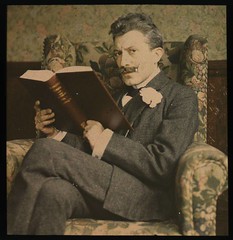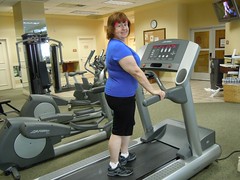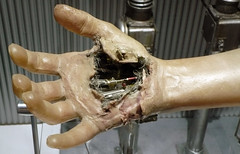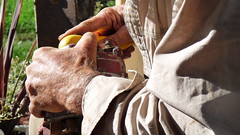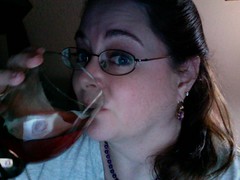
January 21, 2011 — The American Heart Association and the American Stroke Association (AHA/ASA) have developed a series of 26 standardized metrics for use by comprehensive stroke centers (CSCs) across the United States to measure and monitor quality of care.
The proposed metrics, and the research backing them, were published online January 13 and will appear in the March issue of Stroke: Journal of the American Heart Association
http://bit.ly/haMUSn Comprehensive stroke centers (CSCs) represent a more intensive level of stroke care than what is available at primary stroke centers (PSCs).
"This is going a step further," said the chair of the paper's writing group, Dana Leifer, MD, associate professor of neurology at Weill Cornell Medical College, New York City. "This is designating certain hospitals with more specialized and advanced methods for treating stroke patients, so patients with more complications or more complicated stroke."
Designating and Certifying Hospitals
Establishing the new metrics is part of an effort to create mechanisms for designating and certifying hospitals in the field of stroke care.
"It's similar to the idea that there are different levels of trauma centers," said Dr. Leifer. "What we are doing in this paper is essentially proposing a standardized set of metrics and other data that CSCs should collect so that the care they provide can be assessed."
In 2005, the Brain Attack Coalition, a joint effort of the AHA and ASA, proposed an infrastructure of personnel, equipment, and protocols for CSCs and called for quality improvement mechanisms and registries to record how patients should be treated. The new recommendations, developed after an extensive review of the literature, are based on experience with previous quality improvement initiatives, such as the Get With The Guidelines (GWTG) program.
Ralph Sacco, MD, president of the AHA and chief of neurology at the University of Miami's Miller School of Medicine and Jackson Memorial Hospital in Florida, said the new recommendations can help provide the basis to monitor and track performance.
Optimal rehabilitation outcome requires customization of intensive repetitive exercises, qualitative assessment and reporting the HandTutor, ArmTutor and LegTutor provide an augmented guidance and feedback exercise program to encourage exercise practice and reduce the dependence on compensatory movement patterns.






